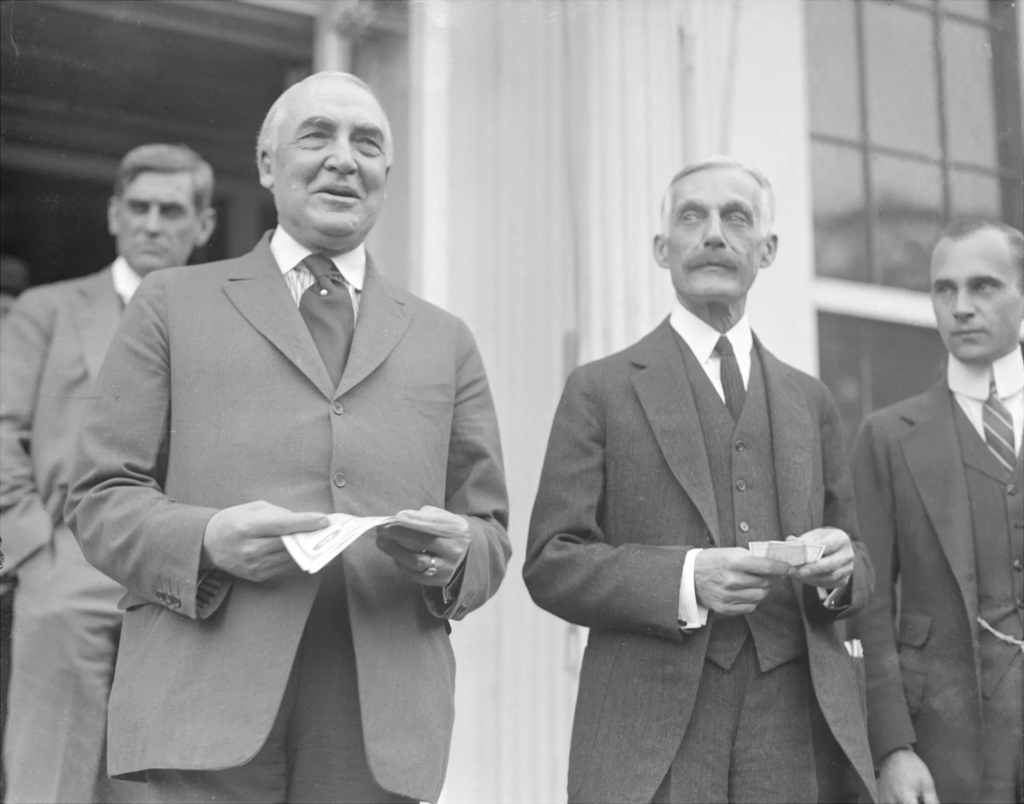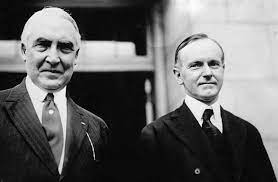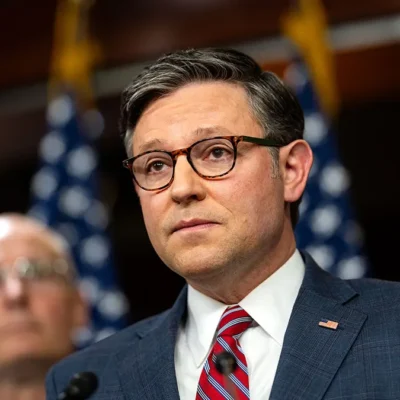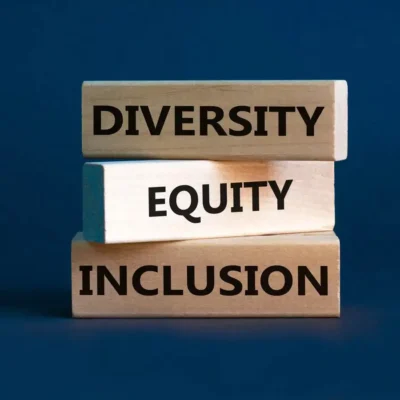Harding and Canada share a legacy of friendship that began one hundred years ago when U.S. President Warren G. Harding made history by promoting a powerful message of peace and cooperation. Harding’s 1923 visit to Vancouver marked the first time a sitting U.S. president traveled to Canada a symbolic gesture that laid the foundation for a long-lasting partnership between the two neighboring nations.
As relations between countries face new challenges in today’s changing global climate, Harding’s words and actions offer a reminder of how diplomacy, respect, and shared values can build bridges across borders.
Here are five key facts about Harding’s vision for U.S.-Canada friendship and why it still matters today.
1.Harding and Canada: First U.S. President Visit in 1923
President Warren G. Harding made history in July 1923 when he visited Vancouver, British Columbia, just weeks before his death. His appearance drew massive crowds and heartfelt applause. Though it was part of a broader cross-country tour, the visit to Canada was intentional — a move designed to promote peace and show support for the growing relationship between the two nations.
Harding became the first sitting U.S. president to set foot in Canada. His visit was warmly received and remembered as a moment of unity and mutual respect between neighbors.
At a time when world powers were still healing from the effects of World War I, Harding’s actions sent a clear message: the United States valued its northern neighbor and wanted to invest in a peaceful, cooperative future.

2. His Speech Celebrated Peaceful Borders and Shared Ideals
During his visit, President Harding delivered a speech emphasizing the importance of peaceful borders. He praised the undefended U.S.-Canada border the longest peaceful border in the world and called it a symbol of trust, democracy, and shared values.
Harding believed that cooperation, not conflict, was the best way forward. He highlighted common ideals such as liberty, free speech, and democratic governance. These themes are still relevant today, as both countries continue to stand as strong allies on issues ranging from trade to global security.
The speech served as a blueprint for future diplomatic relationships between the U.S. and Canada, encouraging leaders to invest in friendship rather than rivalry.
3. The Timing of the Visit Made It Even More Historic
President Harding’s visit to Canada in July 1923 was part of a larger cross-country tour that took him through Alaska and down the Pacific coast. He had hoped to showcase his presidency’s accomplishments and build stronger ties with American citizens and international partners.
Tragically, just days after his landmark speech in Vancouver, Harding fell ill and died unexpectedly in San Francisco on August 2, 1923.

His final public speech was, in fact, delivered in Canada. This adds emotional and historical weight to his message of cross-border friendship. For Canadians and Americans alike, Harding’s words became a lasting legacy of unity between the two nations.
4. U.S.-Canada Relations Have Followed Harding’s Vision
In the century since Harding’s historic visit, the U.S.-Canada relationship has grown into one of the strongest bilateral partnerships in the world. The two nations:
- Share over $2 billion in trade each day
- Cooperate on national security and intelligence
- Support each other in NATO and UN missions
- Collaborate on environmental and energy issues
From joint defense agreements like NORAD to cultural exchange programs and open tourism, the spirit of Harding’s message lives on in daily interactions between Canadians and Americans.
Even during times of political tension, the foundation built a century ago continues to support dialogue, compromise, and mutual respect.

5. Why It Matters Now
Today, the world faces rising political divisions, economic uncertainty, and environmental challenges. In such times, Harding’s message serves as a reminder that strong international friendships are more important than ever.
With ongoing debates about trade agreements, border policies, and climate cooperation, the relationship between the U.S. and Canada must continue to evolve based on shared values and trust.
Revisiting Harding’s historic speech and its context encourages today’s leaders — and citizens — to recommit to peaceful partnerships and respectful diplomacy.
His vision was simple but powerful: neighboring nations can thrive when they choose unity over conflict.
A Legacy Worth Remembering
President Warren G. Harding’s visit to Canada a century ago may not receive the same attention as larger international events, but it deserves to be remembered for what it represented peace, friendship, and the potential for shared progress.
As we reflect on 100 years since that symbolic moment in Vancouver, Americans and Canadians alike have the opportunity to honor Harding’s vision by continuing to strengthen ties, support one another, and protect the values that unite us.
Whether through cultural exchanges, trade cooperation, or environmental action, the partnership between the United States and Canada remains a model of peaceful coexistence.
In today’s uncertain world, Harding’s message remains as relevant and necessary as ever.
Read more – The Queen and U.S. Presidents: 10 Surprising Moments of Diplomacy






